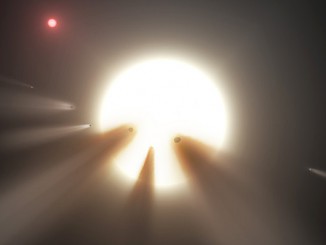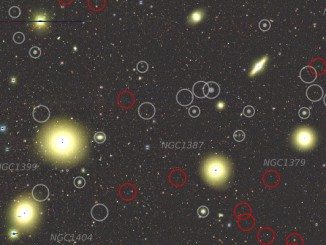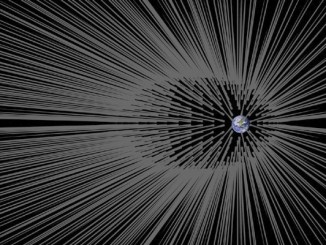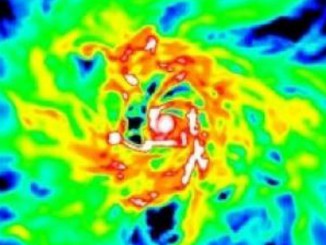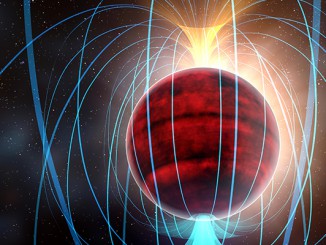
High-speed flare observed from supermassive black hole eating star
An international team of astrophysicists has for the first time witnessed a black hole swallowing a star and ejecting a flare of matter moving at nearly the speed of light. The scientists tracked the Sun-sized star in the galaxy PGC 43234 some 300 million light-years away as it shifted from its customary path, slipped into the gravitational pull of the supermassive black hole and was sucked in.



